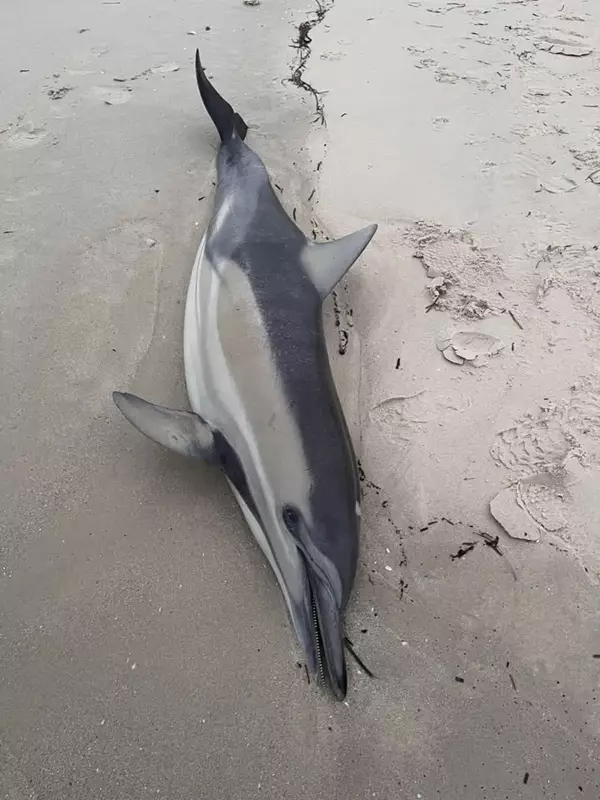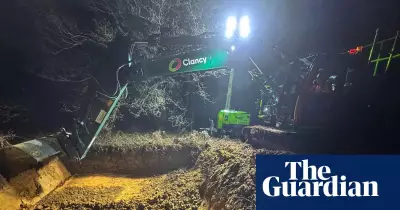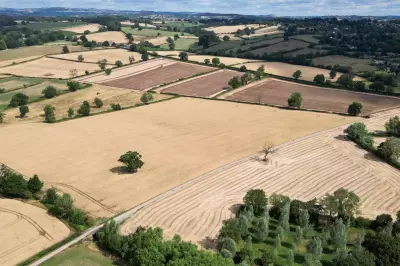
A toxic algal bloom spreading along South Australia's coastline has forced the Albanese government into crisis mode, with officials warning of potential ecological devastation reminiscent of the Black Summer bushfires.
Environmental Emergency Unfolds
The rapidly growing bloom, visible as a thick green sludge along popular beaches, has already caused significant marine life casualties. Conservationists report distressed dolphins and mass fish deaths at several locations.
Government Response Accelerated
Prime Minister Anthony Albanese has authorised emergency measures to contain the outbreak, describing the situation as "an environmental challenge on the scale of our worst bushfire seasons". The government's fast-tracked response includes:
- Deployment of specialist marine biologists
- Emergency funding for local councils
- 24-hour water quality monitoring
- Public health warnings for beachgoers
Tourism Industry Braces for Impact
The timing couldn't be worse for coastal communities still recovering from pandemic losses. "This could destroy our summer season before it begins," said one Dolphin Beach resort owner, who asked not to be named.
Scientists attribute the unprecedented bloom to a combination of warmer ocean temperatures and agricultural runoff. "We're seeing perfect conditions for algal growth," explained Dr. Emma Richardson from the University of Adelaide's Marine Science Centre.
Long-term Concerns
Environmental groups are calling for immediate action to address the root causes. "Unless we tackle climate change and improve water management, these events will become routine," warned Greenpeace Australia Pacific's CEO.
With no immediate end in sight, authorities have closed several beaches indefinitely while cleanup operations continue around the clock.





